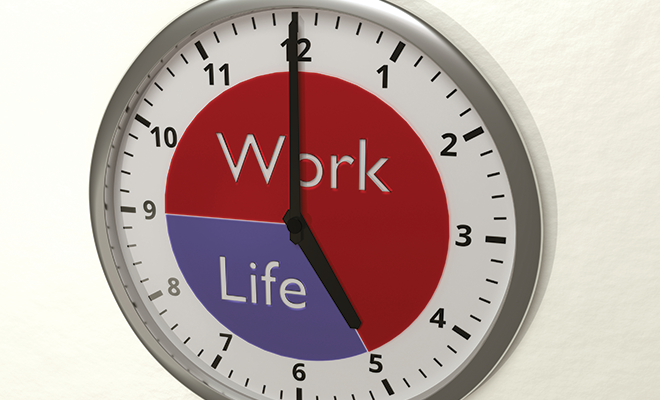
Who Works 9 to 5?
More than half of all workers in the United States think the nine-to-five work day should be abolished. After all, it was only started as an attempt to fight unfair labor practices during the Industrial Revolution. But that was about 200 years ago!
During that abysmal time, workers routinely put in 16-hours days, with maybe one day off each week. Factories pushed workers to maximum productivity until it became obvious that an eight-hour work day resulted in more profits. Thank Henry Ford of the Ford Motor Company for championing the change.
Now, most companies realize that the current nine-to-five system isn’t efficient.
As a matter of fact, sticking to such a rigid schedule may have negative consequences on employee productivity as well as employees’ happiness on the job. Experts say this type of exacting demand could make employees feel less trustworthy and independent.
Instead, it is more important that an employee feel good about what they are doing for their boss and company. The true measure of productivity should be tied to what goals are expected to be met by a certain deadline, not whether the employee is sitting in a chair from nine to five each day.
To encourage critical thinking and upward mobility on the job, it’s best to let individuals work at their own pace and determine their best processes to meet their goals. Worrying about punching a time clock becomes a distraction instead of a tool for success. Sometimes, this might require working beyond the standard nine-to-five work day, but it’s a decision best made by the employee who is working toward meeting a goal or project.
According to a survey from CareerBuilder, 45 percent of workers say they complete their work outside of office hours and 49 percent say they check or answer emails when they leave work. In Washington, D.C., a whopping 73 percent of workers think the traditional nine-to-five day is a thing of the past. This compares to 68 percent in both Boston and Los Angeles, and 66 percent in New York City. Broken down by industry, those in leisure and hospitality are most likely to think traditional hours are outdated at 75 percent, followed by those in sales at 64 percent and IT at 62 percent.
Popular perception is that the younger generation entering the workforce could be challenging the nine-to-five day, but this may not be the case. Surprisingly, workers aged 45 to 54 were the largest demographic in this survey, at nearly 70 percent, who believe working nine-to-five was outdated.
What is Driving This Change?
With the proliferation of smartphones and other technology, workers are more attached than ever to their mobile devices and are checking their emails past the nine-to-five business hours. More companies are turning toward flex time, a more modern approach to the traditional workday. Flex time simply means adopting a system that allows employees to choose their own times and place for starting and finishing work within a broad range of available hours.
Consider the many distractions in an office setting. Think of all the conversations around the coffee machine, social interaction, endless unnecessary meetings, personal trips outside of the office and extended lunches.
What’s the bottom line? Employees don’t work eight hours a day anymore, so why not try flex-time? Data analysis from Global Workplace Analytics looked at the findings from more than 4,000 studies of telecommuting research and found that there are twice the number of upsides to downsides to flexible workspaces. Employees who telecommute are generally happier. Worker absences are less of an issue because workers are more willing to work from home. It also helps companies retain more of their skilled workers, who enjoy the freedom and flexibility that remote working provides. In the past few years, the evolution of cloud technology has opened the market for even more companies to offer flex-time tools, such as video conferencing and communications, all at minimal cost.
Some studies reveal that almost half of production now takes place outside the primary workplace. Workers are doing more remotely, and employers are keeping the office as a stable centerpiece for the organization. Ultimately, the office will play less of a role in productivity and more of a role as a place of information.
Experts agree that remote working will not kill the office but will definitely change its function. As more employees ditch the nine-to-five work day, the office will be used through demand for face-to-face contact. Companies will need to support this type of work day through technology, allowing seamless communication among mobile devices and systems.
Flexibility will become the new normal and the nine-to-five work day will disappear. ■
Sources: careerbuilder.com, globalworkplaceanalytics.com and catalyst.org.







